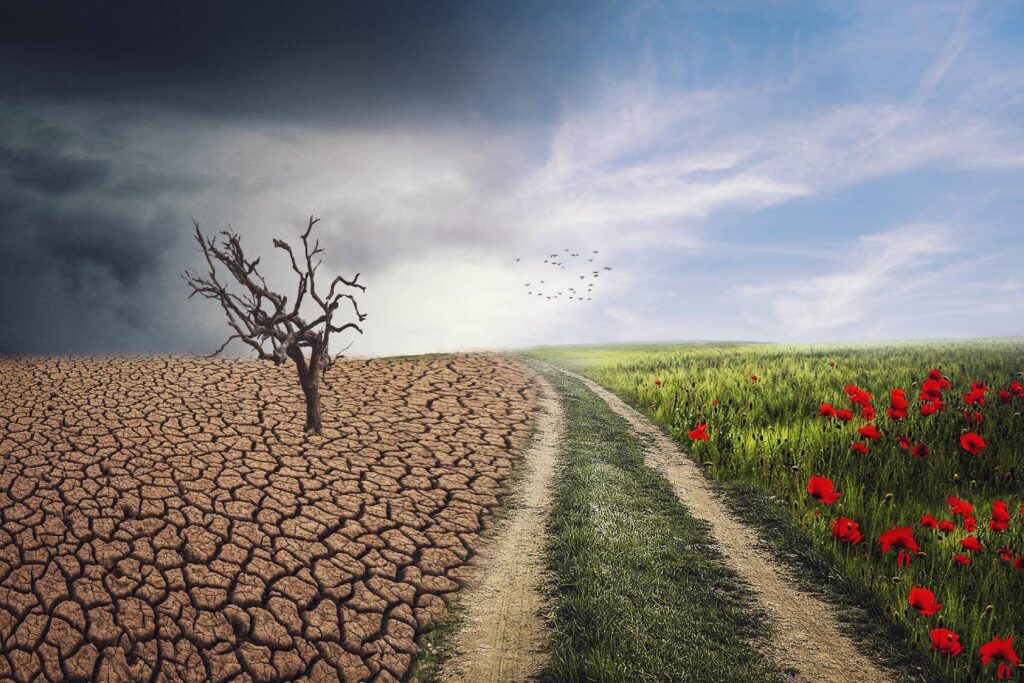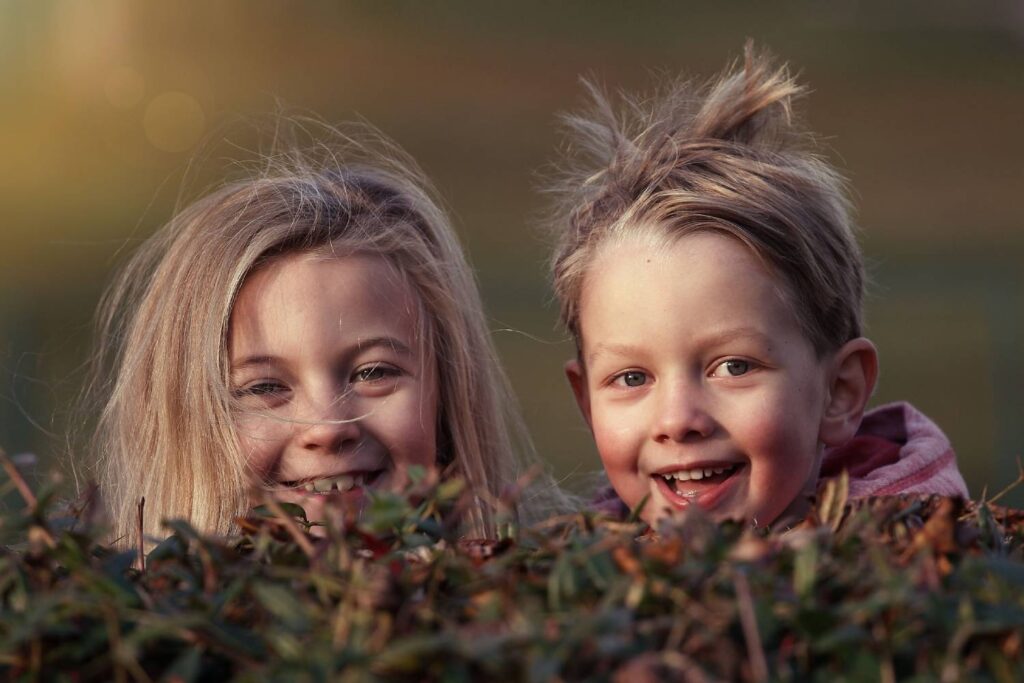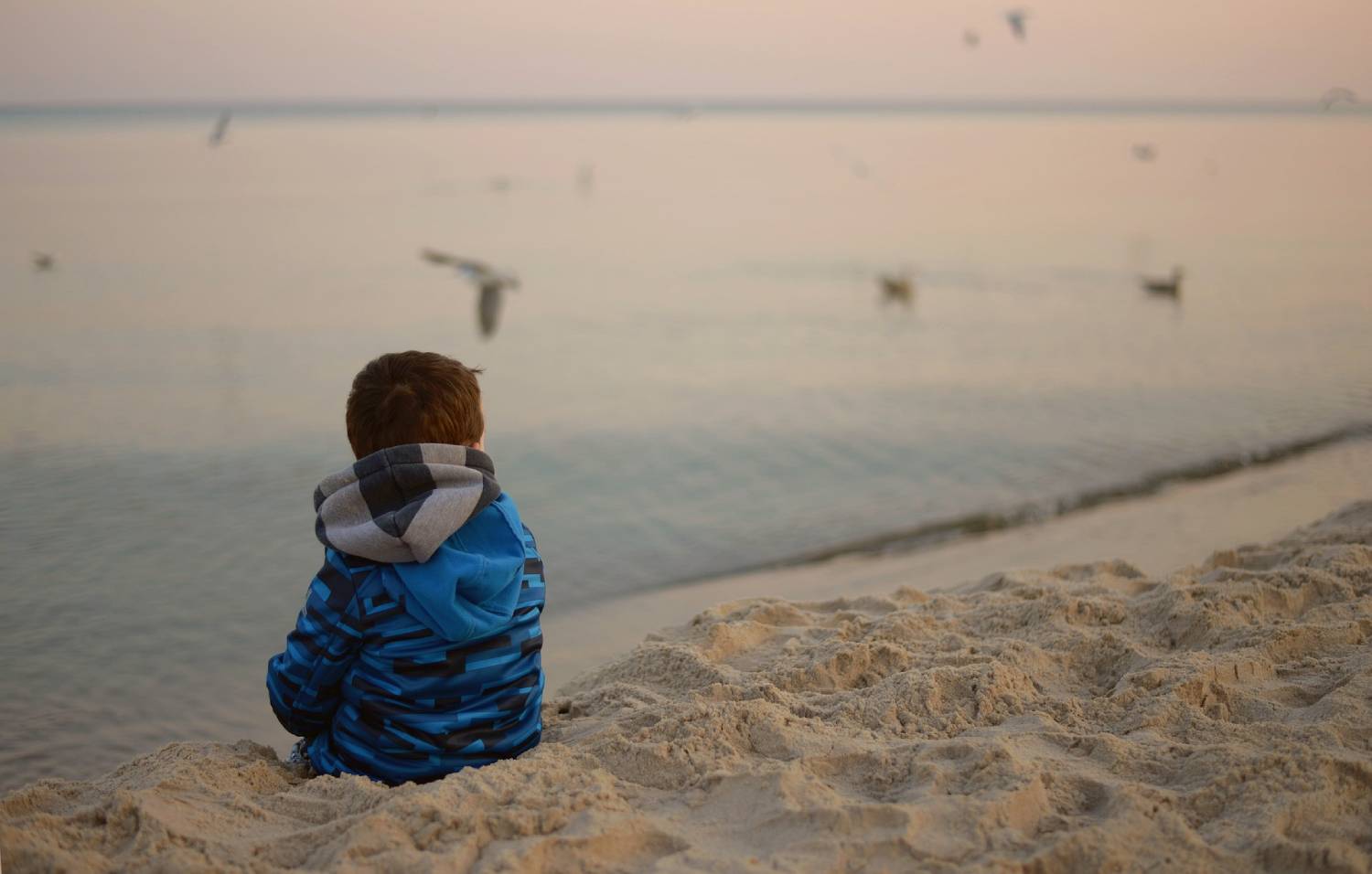Guest article provided by: biodegradableglobe.com
By Chris Karl, Founder of Biodegradable Globe
In today’s world, it’s no surprise that our children are becoming increasingly aware of climate change and its impact on their future. With constant news updates and conversations surrounding environmental concerns, eco-anxiety is a growing issue among young people–and even children.
This mental health challenge needs to be addressed just as much as any other struggle your child may face. As a parent, you play a crucial role in easing your children’s fears and helping them navigate this complex issue positively.
Today, we’ll provide expert tips for understanding the causes of eco-anxiety in children, effective coping strategies for managing their emotions, creating an environmentally conscious atmosphere at home, and discovering valuable resources to support you and your child through these challenging times.
Understanding Eco-Anxiety in Children
Eco-anxiety in children is caused by their awareness of the impacts of climate change and can manifest as feelings of fear, sadness, anger, or hopelessness.
Eco-anxiety, also called climate anxiety, is a growing concern among children and young adults who are deeply worried about the impact of climate change on their lives and future.
This anxiety stems from fear, uncertainty, or despair about our planet’s environmental challenges.
Multiple factors contribute to the development of eco-anxiety in children. They may hear alarming news stories about natural disasters, witness changes in weather patterns first-hand, or learn about the consequences of global warming at school—all leading them to feel overwhelmed by negative emotions while thinking about these issues.
Moreover, many children intuitively understand that climate change will disproportionately affect them because they’ll have more time to experience its effects than older generations.
It’s essential for parents not only to acknowledge how real eco-anxiety can be but also actively support their child during this period as compassionate listeners and guides towards healthier coping strategies based on positive solutions-oriented thinking.

How Climate Change Affects Mental Health
Climate change can significantly impact our mental health, and children are not immune to its effects. As the planet’s temperatures rise, so does the number of natural disasters, which can be traumatic for children and adults.
Children who experience such events may develop post-traumatic stress disorder (PTSD), anxiety disorders, or depression.
Additionally, the constant barrage of negative news about climate change in media outlets can contribute to eco-anxiety in children. You should be aware of how much exposure your child receives from these sources and encourage more positive actions toward sustainability instead.
Children are often unable to fully express themselves when faced with complex emotions like eco-anxiety; it might manifest as irritability, anger, or withdrawal behavior.
Indicators of Eco-Anxiety in Children
Eco-anxiety can manifest in various ways, and you should be able to recognize the signs of eco-anxiety in your children. Some common indicators include:
- excessive worry about climate change
- feelings of sadness or hopelessness regarding environmental issues
- fear of catastrophic events related to climate change
- changes in eating or sleeping patterns
- difficulty concentrating or completing daily tasks due to preoccupation with environmental concerns.
Additionally, some children may exhibit physical symptoms such as headaches or stomachaches brought on by eco-anxiety.
Helping Children Cope With Eco-Anxiety
Fostering resilience and empowering children to take positive action can help alleviate their eco-anxiety and nurture their role as stewards of the Earth. Let’s explore some practical approaches and techniques to guide children through environmental concerns, encouraging them to transform their worries into meaningful change.
Promote Open Communication
It’s essential to promote open communication with your child regarding their eco-anxiety. Start by asking them what they know about climate change and how it makes them feel. Listen actively without interrupting or dismissing their concerns. Let them express themselves freely and validate their feelings.
Encourage regular check-ins where you both discuss any worries that have arisen since your last conversation. Keep an ongoing dialogue so your child feels comfortable coming to you whenever they need support.
Positive Actions and Solutions
Promoting positive actions and solutions can be an effective way to help your child cope with eco-anxiety. Here are some ideas:
- Practice sustainable habits as a family, such as recycling, reducing waste, and conserving energy.
- Encourage your child to take action by participating in eco-friendly projects and activities, such as planting trees or organizing a community clean-up.
- Provide hope by sharing stories of successful conservation efforts and the positive impact of environmental activism.
- Teach your child about renewable energy sources like solar power and wind turbines that can reduce our reliance on fossil fuels.
- Discuss ways to build resilience in the face of climate change impacts, such as strengthening infrastructure and developing adaptation strategies.
- Highlight the importance of preserving natural resources for future generations by learning about conservation efforts around the world.
- Advocate for policy changes prioritizing environmental protection, such as carbon pricing or investing in green technology.
- Foster emotional regulation through mindfulness techniques like deep breathing or meditation to help calm anxious thoughts.
Remember, small actions can lead to big changes in environmental care and addressing eco-anxiety in children. By promoting positive solutions and empowering your child to make a difference, you can help ease their worries while positively impacting our planet’s future.
Encourage Environmental Passion
You can help your children cope with eco-anxiety by encouraging them to develop a passion for the environment. This could be as simple as teaching your child how to conserve water in your garden or taking them on nature walks.
For example, you could suggest they start recycling at home or participate in local community clean-up events. Additionally, you can support your children’s environmental passions by providing educational resources such as age-appropriate books, documentaries, or podcasts discussing climate change and other critical environmental concerns.
Healthy Coping Mechanisms
You can teach your child healthy coping mechanisms when eco-anxiety becomes too much for them to handle alone. Here are some ways you can help your child manage their feelings:
- Encourage regular physical exercise and outdoor activities to promote emotional regulation.
- Practice mindfulness techniques such as deep breathing and meditation to reduce stress and anxiety.
- Encourage creative outlets such as drawing, writing, or singing to express feelings.
- Promote positive self-talk by teaching your child to recognize negative thoughts and replace them with positive ones.
- Prioritize restful sleep and a healthy diet to maintain overall well-being.
Remember, you need to model healthy coping mechanisms yourself and address your own eco-anxiety in a positive way for your children to follow suit.
Professional Help Options
It’s essential to seek professional help if your child’s eco-anxiety is severe, persistent, or impacting their daily functioning. A therapist can teach your child anxiety management techniques and coping strategies that may effectively alleviate their fears.
They’ll also create a safe space where your child feels comfortable talking about their worries without judgment.
Another helpful resource is an eco-anxiety support group, which provides a supportive community of people who share similar worries and experiences. These groups often offer education on how to take positive action toward protecting the environment while reducing personal carbon footprints.

Creating a Positive Environment for Children
Model sustainable habits and engage in eco-friendly activities to teach children the importance of environmental care. You might also consider limiting their exposure to negative news or media and spending time in nature.
Model Sustainable Habits
You are crucial in shaping your children’s attitudes and behavior toward the environment. Modeling sustainable habits is a powerful way to instill eco-friendly behaviors in your child from an early age.
When practicing sustainable habits at home, involve your child by explaining the benefits of each action and how it contributes to preserving natural resources and protecting the planet.
For example, you could explain that composting food scraps reduces waste going to landfills or that turning off lights when unnecessary saves electricity. By modeling positive environmental practices consistently over time, you’ll set an exceptional example for your child that they can follow throughout their life.
Engage in Eco-Friendly Activities and Projects Together
Engaging in eco-friendly activities and projects is a great way to help your child cope with environmental concerns. Here are some ideas:
- Start a compost bin or vegetable garden together.
- Participate in local beach or park cleanups.
- Take nature walks and hikes to appreciate the beauty of the environment.
- Get creative with upcycling projects using items that would otherwise go to waste.
- Volunteer with environmental organizations or participate in climate strikes and rallies.
By engaging in these activities together, you can bond with your child while teaching them about sustainable living and empowering them to make positive environmental changes. Additionally, being active outdoors has been proven to improve mental health and reduce stress levels, offering a reprieve from eco-anxiety.
Teach Children the Importance of Environmental Care
Parents can help ease their child’s eco-anxiety by teaching them the importance of environmental care. This includes explaining to children how their everyday actions impact the environment and ways they can contribute positively, such as reducing waste and conserving resources.
You must model these behaviors so your children see firsthand how simple changes can make a big difference. For example, you could start a garden together or choose to walk or bike instead of driving when possible.
Involving your children in these activities helps foster a sense of purpose and encourages positive action toward climate change.
Limit Exposure to Negative News and Media
A key step in easing your child’s eco-anxiety is to limit their exposure to negative news and media. It’s important to remember that while staying informed is crucial, constant exposure to distressing environmental news can overwhelm young minds.
As a parent, you can control how much of this information your child receives by monitoring their access to the internet, television, or magazines that constantly broadcast climate change-related coverage.
Encourage them instead with positive and engaging content, such as educational programs or environmental documentaries that offer solutions rather than just highlighting problems.
Remember, limiting negativity does not mean downplaying the seriousness of climate change but finding the balance between being informed without feeling overwhelmed.
Encourage Outdoor Activities and Time in Nature
Encouraging outdoor activities and spending time in nature can be an effective way to help your child cope with eco-anxiety. Spending time outdoors has been proven to reduce stress, anxiety, and depression while improving overall mental health.
You can plan fun activities such as hiking, camping, or playing outside in the park.
Additionally, being outdoors is an excellent opportunity to teach your child about the environment and its care. You can use this opportunity to explain why taking action on climate change is important and how their actions can make a difference in protecting the planet’s future.
Empower Your Child To Thrive Amidst Eco-Anxiety
Eco-anxiety is a valid concern for children and young adults who worry about the impact of climate change on our planet. As parents, we must understand their fears and reassure them through open communication, positive actions, and encouraging environmental passion.
Modeling sustainable habits, engaging in eco-friendly activities, teaching environmental care importance, and limiting negative media exposure help create a positive environment for children to learn more about climate change without feeling overwhelmed.
Remember to seek professional help if necessary and focus on empowering solutions that give your child hope and agency over their future.
Photos by pixabay.com

